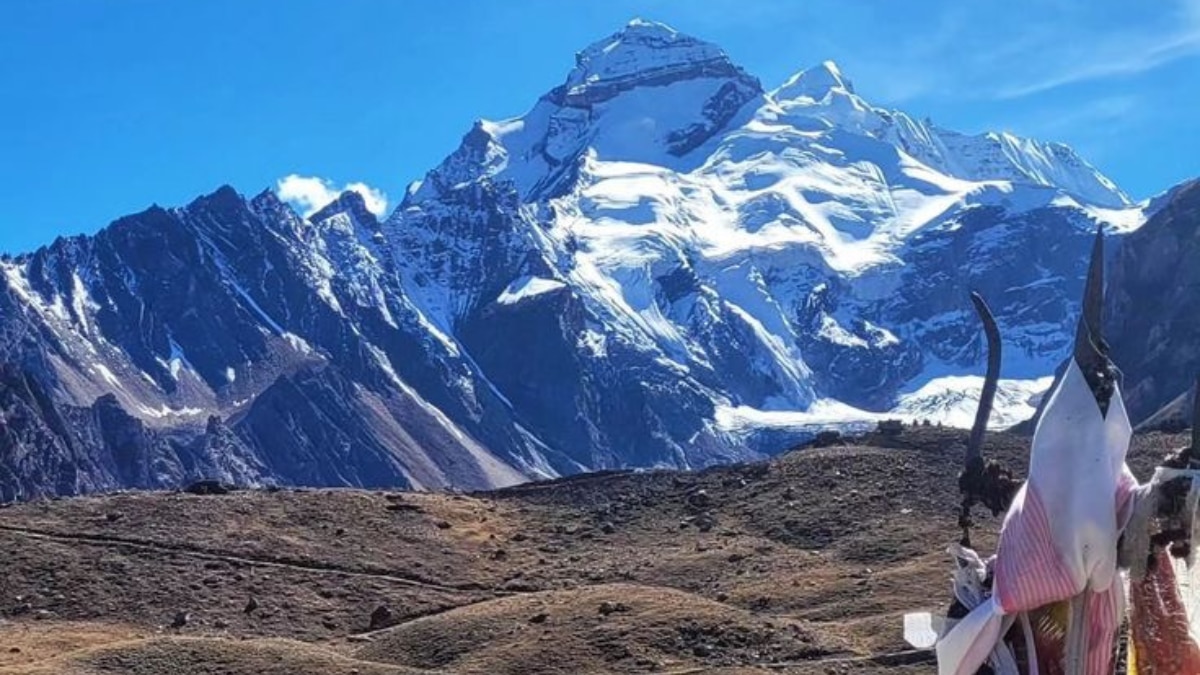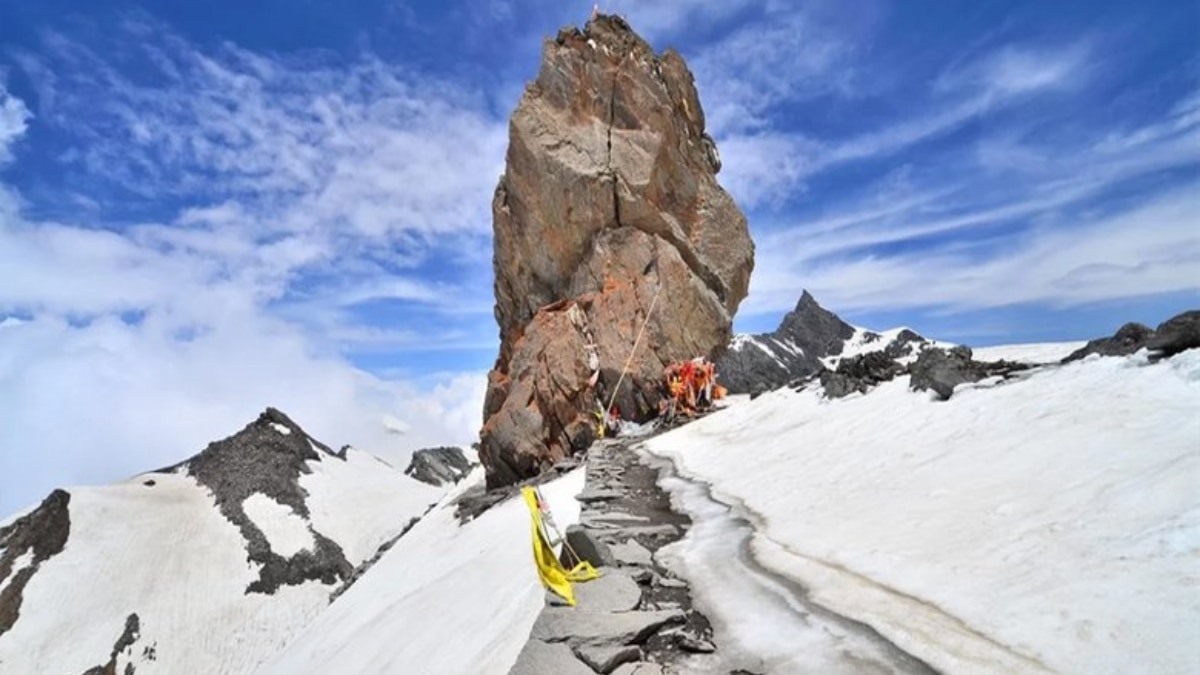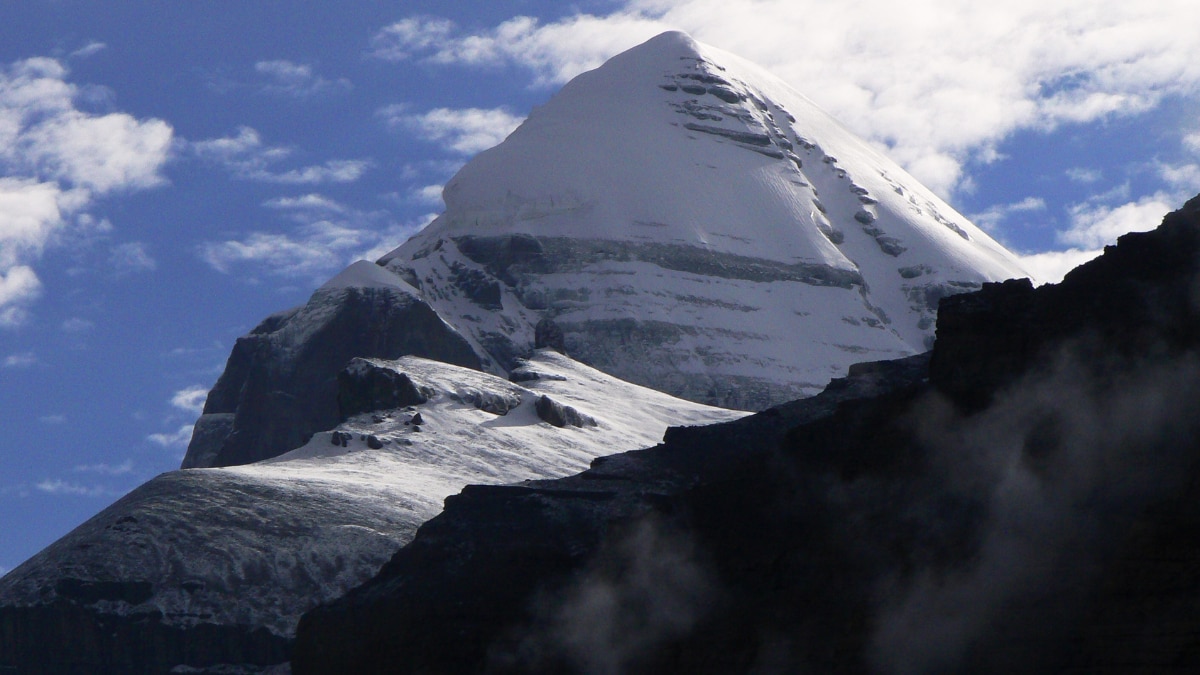Panch Kailash — Explore The Five Sacred Abodes Of Lord Shiva
Within the great vast spiritual landscapes of Hinduism, India boasts some of the most serene places that lie in the extraordinary realm of deep spirituality. Among these majestic sites, Panch Kailash is the five sacred mountain peaks that hold a special place in the hearts of seekers, saints, and devotees. These locations are spiritually revered for their deep spiritual energy, mythological importance, and unequalled natural splendour, creating a celestial corridor attracting pilgrims in quest of freedom from the cycle of birth and death.
The Origin Of The Panch Kailash:
According to ancient Hindu scriptures such as the Skanda Purana and other texts, Lord Shiv picked five different peaks among the Himalayas for his earthly manifestations. Each of these Kailash mountains corresponds to a different aspect of his divine personality and the cosmic union with Goddess Parvati. These peaks, which are collectively known as the Panch Kailash, are said to emit great vibrations which cleanse one's soul and propel it towards moksha (liberation). The divine presence is also said to remain in the glaciers, summits, and winds blowing through these holy regions.
The Five Sacred Kailash Parvatas:
Adi Kailash
 (Image Source: x/ UttarakhandGo)
(Image Source: x/ UttarakhandGo)
Located in the Pithoragarh district of Uttarakhand, Adi Kailash, reffered as 'Primordial Kailash', is considered the first earthly residence of Lord Shiv. At a height of 6,191 metres, the mountain radiates serenity and spiritual sanctity. According to the Hindu beliefs, Shiv and Parvati rested here during their heavenly journeys. When access to Mount Kailash in Tibet was restricted, Adi Kailash was a potent spiritual substitute for pilgrims.
Kinnaur Kailash
 (Image Source: x/ rightwingchora)
(Image Source: x/ rightwingchora)
Situated in the Kinnaur Valley of Himachal Pradesh, Kinnaur Kailash is renowned for a naturally occurring, 79-foot towering Shivling that radiates divine energy when exposed to sunlight. According to the Hindi mythology, during the winter months, it is said that Lord Shiv calls upon an assembly of deities on this summit. It is believed that this place also has a reference in the great epic Mahabharata, where Arjun is believed to have received Pashupatastra, the divine weapon, from Lord Shiv after awaiting patiently for rigorous penance.
Srikhand Kailash
 (Image Source: x/ Indic_Vibhu)
(Image Source: x/ Indic_Vibhu)
Located in Himachal Pradesh's Great Himalayan National Park, Srikhand Kailash touches the height of 5,155 metres. The top has a natural Shivlinga that wonderfully lies unburied under snow, irrespective of the season. It is said that Shiv meditated here after drinking the poison from Samudra Manthan, and his throat turned blue. The milky-white colour of the mountain resulted in the name 'Srikhand', which reflects purity and spiritual purity.
Manimahesh Kailash
 (Image Source: x/ HumHaiHimachali)
(Image Source: x/ HumHaiHimachali)
Located in the Budhil Valley of Chamba, Himachal Pradesh, Manimahesh Kailash is worshipped for its jewel-like radiance that is visible when sunlight falls on its snow-clad surface. The holy Manimahesh Lake at the base of the mountain is said to be the bathing ground of Shiv and Parvati. The name, 'Manimahesh', that means 'Jewel of the Great God,' underlining its divine radiance.
Mount Kailash
 (Image Source: Canva)
(Image Source: Canva)
The crown jewel among the Panch Kailash, Mount Kailash is located in the Ngari Prefecture of Tibet. This legendary, pyramid-shaped peak stands at 6,638 meters, regarded as the cosmic centre of the universe. It is the eternal abode of Lord Shiv, Goddess Parvati, and their sons Ganesha and Kartikeya. Mount Kailash is held sacred in more than one religion — Hinduism, Buddhism, Jainism, and Bon. The surrounding landscape includes the sources of four major rivers, enhancing its cosmic and spiritual stature.
lifestyle